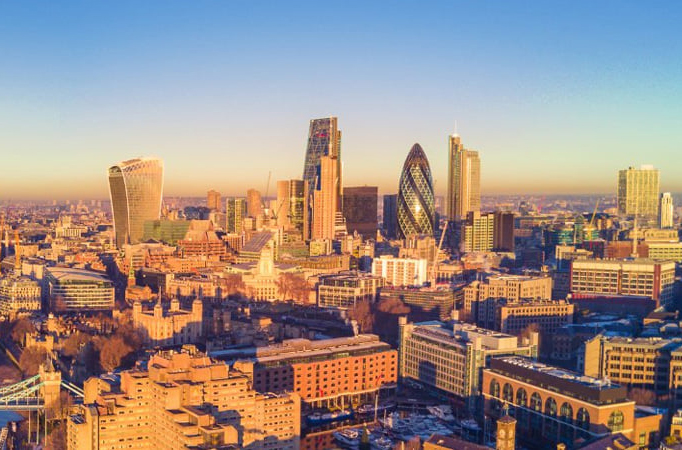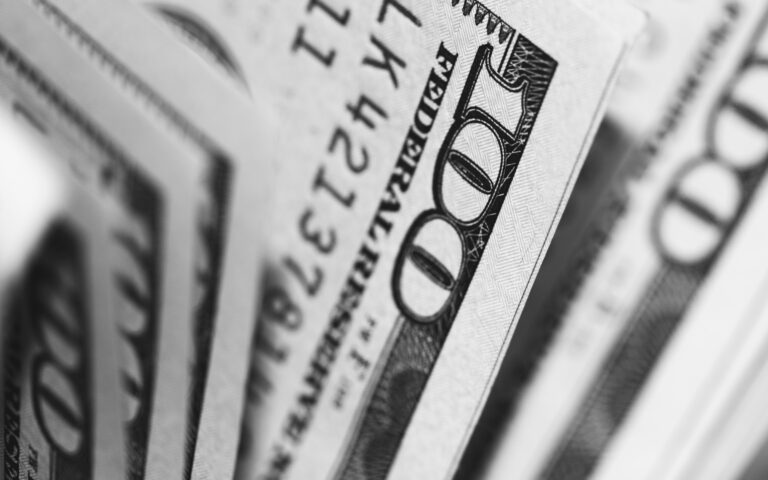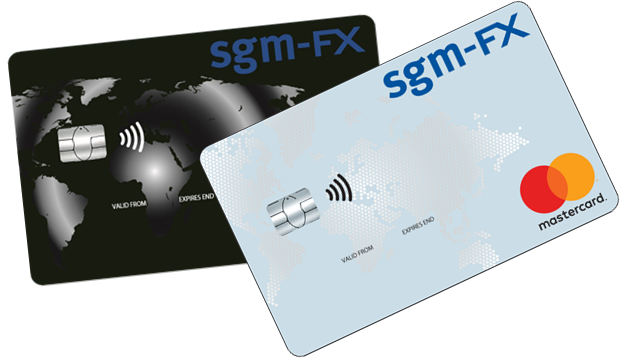
Morning Brief – Ready, set, go!
You may have heard recently about the German traffic light. It’s not a strangely themed party, it’s not a strawberry, mango and pistachio ice cream cone, nor is it even an automotive signal. Rather, it represents one of the possible coalition outcomes following the election in Germany last month. The red colour represents the SPD. That is Olaf Scholz’s Social Democratic party that won (was the largest party in) the German election. The amber (in our case yellow) represents the FDP, the Free Democrats. No points for guessing that the green represents… the Green Party. The traffic light coalition is important to consider as it is arguably the largest and most stable form of government that will still deliver the Chancellorship of Germany to the election winning party, the SPD.
Over recent weeks, thanks to positive noises coming from the leaders of these three respective parties, the possibility of achieving the so-called traffic light coalition has been developing. The traffic light coalition is seen as a stable but potentially difficult to achieve coalition within Germany. It is the amber component of the traffic light that could ultimately deliver the red or green light to the coalition building exercise. That is to say that it is the Free Democrats that could prove the most challenging by pivotal part of the coalition in order to complete the tripartite government. The Free Democrats are pro-free market and therefore balance against the more interventionist left-leaning Greens and SPD.
We wrote recently about the possibility that the centre-left leaning government made more likely by the success of Scholz’s SPD’s in the election could provide fiscal expansion to a typically fiscally austere Germany. This in turn could present an opportunity for Germany and the wider Eurozone as it could upgrade growth forecasts as the global recovery from the Covid-19 pandemic continues. It goes without saying this could improve the prospects for the Euro. It is important therefore to follow not only how the possibility of the coalition building process unfolds and which parties might end up in government, but also what concessions are offered between distinct and sometimes opposing parties in order to form a government.
With the coalition building process underway as of the beginning of October but also showing slow progress, the Euro has been unable to secure a significant bid in the face of a resilient US Dollar. Given the US’s own political progress with concession building allowing the US debt ceiling to be extended, political factors have encouraged EURUSD to sink to year-to-date lows.
Discussion and Analysis by Charles Porter

Click Here to Subscribe to the SGM-FX Newsletter
Related Insights

Daily Brief – Big Girls Don’t Cry
Big Girls Don’t Cry A bond market tantrum and one of the sharpest one day sell offs in Sterling for several years appear to have been catalysed by the Chancellor’s appearance in PMQs yesterday. First: the back story. This Labour government has faced some embarrassment in recent weeks trying to get its welfare bill through […]

Daily Brief – Weren’t Tariffs USD Negative?
Weren’t Tariffs USD Negative? The Dollar proved sensitive to headlines regarding trade during the US overnight session. However, contrary to what many commentaries would have you believe, as the risk of tariffs escalated the Dollar rose. The 90-day pause following Trump’s April ‘liberation day’ tariffs had been set to expire this coming Wednesday. To the […]

Daily Brief – A weaker Dollar: Trump vs. Powell
A weaker Dollar: Trump vs. Powell The Dollar continued to lose ground yesterday as the truce between Israel and Iran appeared to continue to hold. There has been a noticeable return to focus upon macro and monetary influences in major currency pairs. Yesterday, Fed Chair Jay Powell provided his semi-annual monetary policy report before the […]



 Charles Porter
Charles Porter